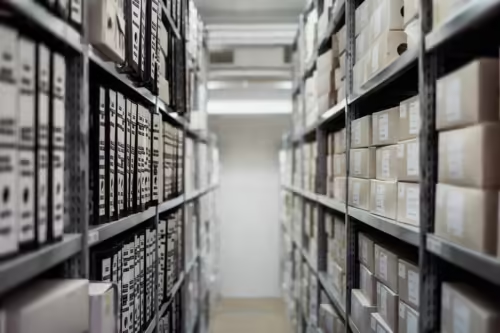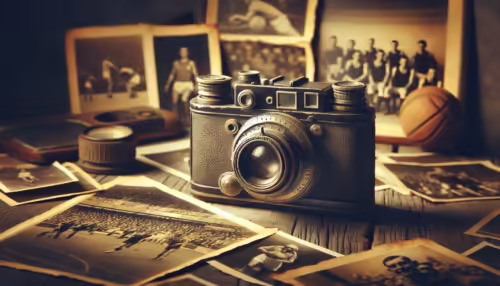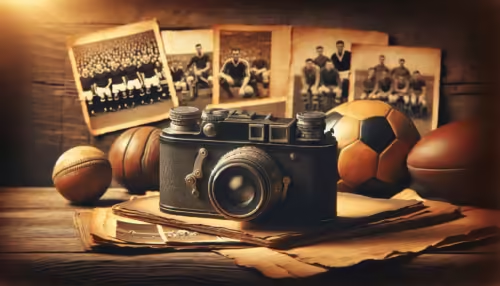Where can you find historical sports photographs or documents? The answer to this question can be a voyage into a treasure trove of memories, emotions, and historical data. Understanding where to locate these valuable artifacts can benefit historians, enthusiasts, and researchers who seek to delve into the rich past of athletic endeavors. In this article, various sources and methods are examined to uncover these sought-after photographs and documents.

This image is property of pixabay.com.
Table of Contents
Overview
Historical sports photographs and documents provide a window into the past, capturing moments of glory, struggle, and athletic excellence. Accessing these materials can be a daunting task without a proper guide. This article aims to detail the best methodologies and repositories to locate historical sports imagery and records.
Thesis Statement
The impetus behind locating historical sports photographs and documents extends beyond mere curiosity. These artifacts serve as critical tools in researching the evolution of sports, understanding cultural impacts, and commemorating iconic moments. This article will highlight where to find these valuable assets, focusing on credible sources and effective methods for unearthing these treasures.
Historical Context
The significance of preserving sports history cannot be overstated. Early sports photography dates back to the mid-19th century with the advent of photographic technology. Documents such as game programs, athlete contracts, and scorecards further contribute to the archival of sports history. Understanding this foundational history helps contextualize the subsequent discussion on where to find these resources.
Evolution of Sports Photography
In the era of daguerreotypes, capturing a sports event required a level of rigidity, with athletes and scenes staged for the camera. Over time, the technology advanced, allowing photographers to capture dynamic and candid moments on the field. Documents related to sports evolved simultaneously, providing richer narratives around the events captured.
Current Trends
Today, digital archives and online databases have revolutionized how historical sports photographs and documents are accessed. These digital platforms provide broader accessibility, making it easier for scholars and fans alike to sift through copious amounts of data. Detailed case studies of such repositories will shed light on their utility.
Digital Archives
Digital archives like the Getty Images sports collection and the Library of Congress offer extensive digital libraries where historical sports photographs and documents can be accessed with ease. For example, the Library of Congress started massively digitizing its archives in the early 21st century, enabling global access to its repository.

This image is property of pixabay.com.
Key Concepts and Definitions
Understanding certain terms and concepts can facilitate better navigation through these archives. Below are some key definitions:
- Archival Repository: A storage site for historical records and documents.
- Metadata: Data that provides information about other data, useful in locating specific documents within a repository.
- Digitization: The process of converting physical documents and photographs into digital format.
Different Methods to Find Historical Sports Photographs and Documents
Here are some effective ways to locate historical sports photographs and documents:
University and Public Libraries
University archives and public libraries often house special collections dedicated to sports history. For instance, the New York Public Library’s digital collections feature an extensive array of sports photographs and memorabilia.
Online Databases
- Getty Images: Offers a specialized sports collection featuring thousands of historical sports photographs.
- Library of Congress: Digitalized collections of photographs and documents.
- National Archives: Provides access to federal records, including sports-related documents.
Historical Societies and Museums
Local and national historical societies, as well as museums, often curate sports exhibits and archives. Institutions like the National Baseball Hall of Fame and Museum house extensive collections of historical sports artifacts.
Sports Organizations
Major sports organizations, such as the International Olympic Committee (IOC) and FIFA, maintain archives of their events, records, and related photographs.
Newspapers and Magazines
Archived issues of newspapers and magazines can be a rich source of historical sports photographs and documents. Publications like The New York Times and Sports Illustrated frequently digitize their archival materials.

This image is property of pixabay.com.
Example Case Studies
Example 1: National Baseball Hall of Fame and Museum
The National Baseball Hall of Fame and Museum in Cooperstown, New York, provides extensive archives of baseball history. This repository includes photographs, player contracts, and scorecards dating back to the sport’s early days. Such archival records offer substantial support to historians and enthusiasts.
Example 2: International Olympic Committee (IOC)
The IOC’s archives are a rich resource for Olympic history, encompassing photographs, official documents, and records from each Olympiad. Researchers can access digital archives through the IOC’s official website.
Comparing Different Points of View
To provide a balanced understanding, let’s compare the strengths and limitations of different archival sources:
| Source | Strengths | Limitations |
|---|---|---|
| University Libraries | Comprehensive collections, often regional/exclusive materials | Limited public access, sometimes restricted to on-campus users |
| Online Databases | Broad accessibility, vast range | Subscription fees, paywalls |
| Historical Societies | Specialized collections, community-focused | Geographically limited, may require physical visits |
| Sports Organizations | Authoritative, official records | Focused on specific sports, may lack inclusive scope |
| Newspapers and Magazines | Primary source material, chronological records | Often requires subscriptions, may have gaps owing to unpublished issues |

Impact Assessment
Different archival sources impact sports historiography in varied ways. University libraries offer depth and specialization, contributing significantly to academic research. Digital databases democratize access, broadening the audience base. Newspapers provide real-time historical perspectives, while sports organizations maintain records crucial for an official recount.
Positive Outcomes of Access
Enhanced access to these historical resources facilitates educational initiatives, enriches academic studies, and contributes to the preservation of cultural heritage. Digitization has particularly improved global access, ensuring that these archives are not confined geographically.
Future Directions and Implications
Predictions
The future of accessing historical sports photographs and documents points towards increased digitization and enhanced interactivity. Virtual reality (VR) applications might recreate historical sports events, thereby providing a dynamic viewing experience of archival materials. Integrating AI for better metadata tagging could make searches more intuitive.
Implications
The accessibility of these resources holds significant implications for not only historians and researchers but also for broader societal engagement with history. It aids in preserving sports heritage and educating future generations. Enhanced digitization ensures these invaluable records are safeguarded against physical degradation.

Conclusion
To summarize, historical sports photographs and documents are invaluable assets for understanding the past, fueling academic research, and preserving cultural heritage. The pathways to access these materials include university libraries, online databases, historical societies, sports organizations, and archived newspapers. Each source offers unique strengths and occasional limitations.
Your quest to locate these photographs and documents is not just a research endeavor but a journey through time, unveiling stories of triumph, passion, and the very essence of human athletic spirit. What sources have you found most useful in your search for historical records and why?
Encouraging readers to delve into these archives can significantly broaden their understanding of sports history. Engaging with these resources ensures the preservation and appreciation of the rich legacy left by athletes and sports events over the centuries.

